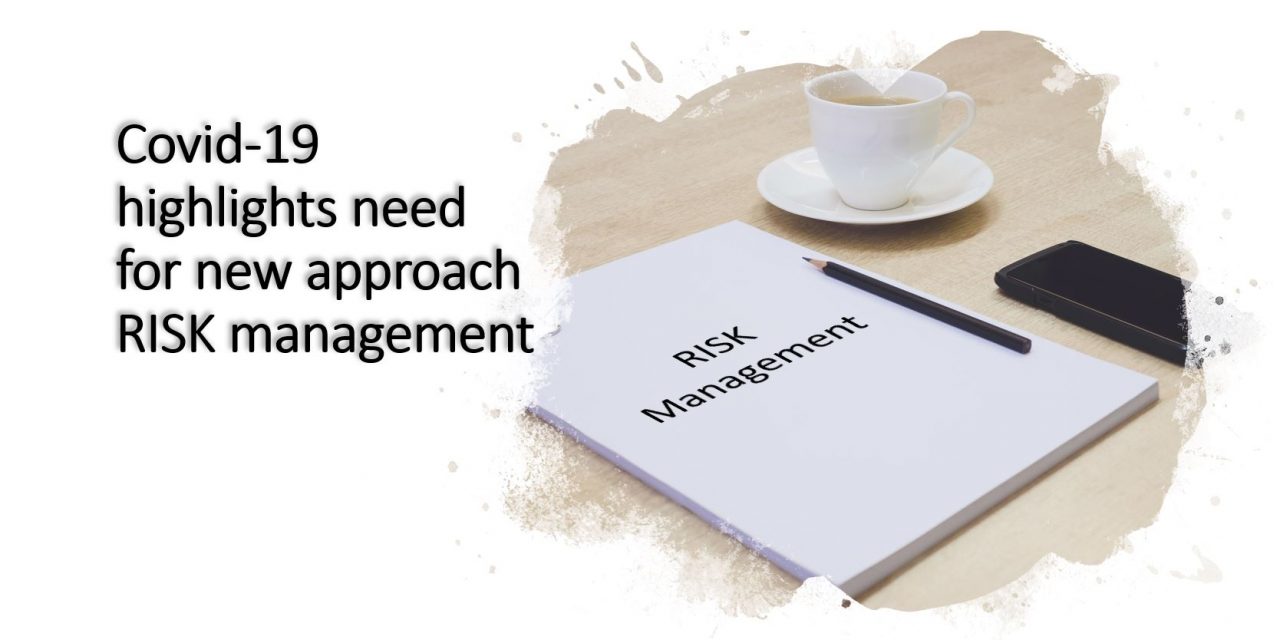Covid-19 Highlights Need For New Approaches To Risk Management
If the Covid-19 pandemic has taught us anything, it is the need to be prepared for a wide range of scenarios to ensure business continuity.
The pandemic has illustrated how corporate leaders and their risk management teams need to constantly review and enhance the fundamentals of the risk function and increase its connectivity and collaboration across the business. This is necessary, not only to prepare for future crises and continued volatility, but to identify and grasp business opportunities as they emerge.
There are several ways organisations can bolster their risk management functions moving forward, including:
Improve Ability to Monitor for and Detect New Threats Through New Data Sources
New data and sophisticated technologies can help risk managers upgrade their ability to monitor and detect risk, particularly by expanding the number and variety of external data sources they use to detect threats and spot potential opportunities. For example, online news and social media can provide digital signals that indicate future Covid-19 hotspots or changes in customer behaviour and preferences. Accenture research shows that 52% of risk functions in financial services companies plan to use social media data within two years, while just 5% do so today.
“As a seasoned IT Transformation Consultant with many years in the Financial Services sector I am amazed how resistant FS organisations have been trying to hang onto old school technology”, says Craig Ashmole, Founding Partner of London based IT consulting CCServe Ltd. “It’s now or never, I believe, that the FS sector needs to embrace newer technologies, especially in relation to the use of cloud services.”
Centralise Internal Data and Employ Emerging Technologies to Help the Function Identify New Opportunities and Risks
Risk functions also need to overcome structural barriers that deter connectivity and collaboration across the enterprise. Risk managers should be able to draw upon data that is aggregated, clean and organised. This means putting data in centralised databases or data lakes rather than having it spread across individual business systems.
Risk managers can then use artificial intelligence (AI), machine learning (ML) and other new technologies to identify patterns in data and chart anomalies and trends as they take shape. Advanced analytical and predictive modelling techniques can sift through huge quantities of customer, supplier, product, people and system data and highlight such patterns.
While some risk functions scan online news and corporate filings to identify key suppliers or customers that may be in financial difficulty, such analysis can also be used to present selected customers with specific products or other offerings. Good data can also indicate countries, industries or customers with high growth potential.
Another enhancement is the use of cloud, robotic process automation and other established technologies to streamline manual processes. This gives risk professionals more time to detect, analyse and address new and emerging threats.
Collaborate with Other Business Functions within the Organisation
The biggest change for risk leaders in the wake of the Covid-19 pandemic, however, should be in the way they define and demonstrate the risk function. Risk leaders should build strong relationships with executives across the business – especially those in technology, IT and operations functions – and foster collaboration and information sharing throughout the enterprise.
In doing this, business and risk leaders should work together to position the risk function as proactive and forward-looking, changing the perception of risk as a defensive, back-office unit that stifles innovation instead of encouraging it. An active risk function is always on alert for new threats, prepared and ready to respond.
Strengthen the Risk Management Talent Pool
In addition to employing new data sources, models, technologies and capabilities to identify and mitigate emerging risks, such a function calls for new skills and expertise. The risk function will need to staff and train talent appropriately to help use these new tools.
Depending upon the company’s risk profile, risk managers may need expertise in areas ranging from cybersecurity to epidemiology to geopolitics, as well as skills in data, technology and relationship building. Some of these skills may be available through recruitment, but others can be acquired by retraining existing teams, and by reorganising teams to bring in needed specialists in technology and analytics from other departments within the organisation.
No one knows what the next “big event” will be. It is risk management’s responsibility to prepare for anything that may happen, whether it’s a positive or negative scenario. To do that, the risk function needs to continue its evolution enhanced by new data, new technologies, new skills, and, above all, a new way of defining itself and working within the organisation
Thanks to Steve Culp – contributor
(Senior managing director of Accenture Finance)




Recent Comments